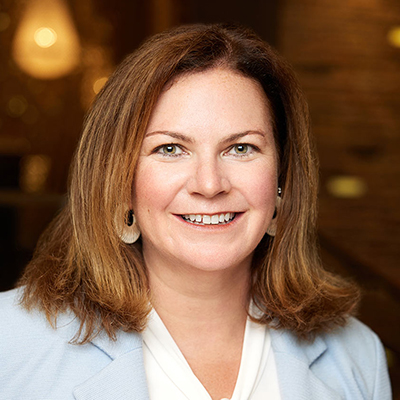The Center conducted a survey to get insights into best practices in evaluating compensation consultants, including RFP practices as well as fee structures. Seventy-six members completed the survey whose results will help inform a new thought leadership guide to be published by the Center later this year.
Also included in the survey, due to several Member inquiries, is a section on equity choice and differentiation of payout curves based on job level.
A summary of the results is outlined below; find comprehensive results here.
Evaluation of Compensation Consultants
- 91% of respondents indicate that the performance of their consultant is evaluated on an annual basis. The remaining respondents review consultant performance when requested by the Compensation Committee, but do not follow a designated time frame.
- 93% of those surveyed do not have a set policy or practice for rotating compensation consultants.
- 7% had a general practice for rotating its consultant (not a designated time period)
- This was either determined by the Compensation Committee or event-triggered (change in Chair, turnover of consultant).
RFP Practices
- Over a quarter (28%) of members completed an RFP in the past three years.
- Of those, the RFP led to a new consultant 71% of the time.
Separate Consultants
- Companies continue to be split on the practice of having separate consultants, with 51% of respondents reporting they only use one executive compensation consultant and 43% reporting they use two (one for management, one for the committee).
- For those with separate management consultants, reported annual fees were: $50,000 - $150,000 (42%); $150,001 - $300,000 (30%); less than $50,000 (15%) and $300,001 - $500,000 (12%).
- For those with separate management consultants, reported annual fees were: $50,000 - $150,000 (42%); $150,001 - $300,000 (30%); less than $50,000 (15%) and $300,001 - $500,000 (12%).
- So far, it is still a rare practice to have separate consultants advise the Committee on ESG topics. 87% indicate they do not bring in separate consultants and have not discussed doing so, while 7% say they are considering using a separate consultant in the future. We may see this number increase when the SEC issues final climate and HCM rules, among other ESG regulatory pressures.
2022 Committee Consultant Fees
- Annual fees (excluding special projects such as the SEC’s Pay Versus Performance disclosures) were reported as $150,001 - $300,000 (57%); $50,000 - $150,000 (24%) and $300,001 - $500,000 (15%).
- 57% of respondents report no change in fees over the previous year. 37% expressed an increase in the fees for 2022, and 7% saw a decrease from last year.
- Of those that had an increase in fees, 52% indicate that the increase was between 10-30% and one-third saw increases less than 10%.
Special Consulting Projects for 2022 (including Pay Versus Performance)
- 57% of respondents utilized their consultant for special projects in 2022. In addition to the Pay versus Performance disclosure work, other cited projects included: M&A, spinoffs, CEO transitions, new equity plan designs, benchmarking around perks, and new executive benchmarking.
- Total annual fees for special projects varied and were most commonly between $50,001 and $150,000 (32%).
- The special fee structure was typically based on an hourly rate (63%) versus fee per service (32%).
- Fees for special projects in 2022 were the same as the previous year for 49% of respondents, fees increased for 42%, and decreased for 7%.
- These fees varied based on the services required. However, 28% of those companies experienced an increase of more than 100% over the previous year’s costs. About 40% of companies had increases from 10-30%.
- The special fee structure was typically based on an hourly rate (63%) versus fee per service (32%).
Equity Choice
- Only 10% of respondents offer LTI-eligible employees choice on the equity vehicle for their award.
- Of the few that do offer choice, restrictions on which job levels are offered choice often exist (below VP level/below C-suite). Some companies offer limited choice for certain awards such as off-cycle new hire grants as well as restrictions on the allocation percentage (i.e., 25% increments between options and shares).
Performance Shares below NEO Level
- 88% of respondents offer performance shares below the NEO level.
- Of those that do, it is not common to have different payout curves below the NEO level; 95% report having the same curve.
- For the 5% of respondents who have different curves, some cited different maximums between 150% and 200% for NEOs versus non-NEOs.
- Of those that do, it is not common to have different payout curves below the NEO level; 95% report having the same curve.
Thanks again to all Members who took the time to complete this survey. Your feedback is extremely valuable and very much appreciated.
If you have any questions or would like to request a survey, please contact Megan Wolf at [email protected].

Megan Wolf
Director, Practice, HR Policy Association and Center On Executive Compensation